Table of contents
- What is Livestock Farming?
- Why Choose Livestock Farming in India?
- Types of Livestock Farming
- Getting Started: Step-by-Step Guide
- Investment and Profitability
- Techniques and Best Practices
- Byproducts and Additional Revenue Streams
- Challenges and Solutions
- Government Schemes and Support
- Conclusion
- Frequently Asked Questions (FAQs)
Livestock farming is a vital part of India’s agricultural landscape, offering a sustainable source of income, nutrition, and employment for millions. With the right knowledge and resources, anyone can embark on this rewarding journey. This comprehensive guide will walk you through the essentials of livestock farming in India, covering everything from starting out to advanced techniques and investment opportunities.
What is Livestock Farming?
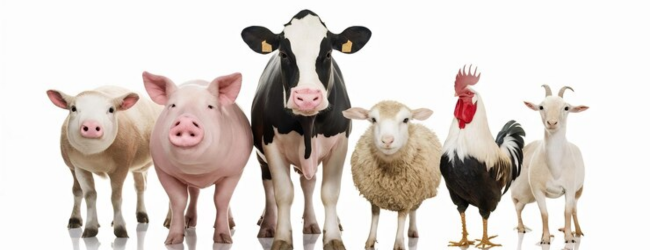
Livestock farming involves raising animals such as cattle, goats, sheep, poultry, and pigs for products like milk, meat, eggs, wool, and leather. It’s an integral part of agriculture, contributing significantly to the economy and food security.
Why Choose Livestock Farming in India?
India’s diverse climate and vast agricultural resources make it ideal for livestock farming. Here’s why it’s a promising venture:
- Economic Contribution: The livestock sector contributes about 4.11% to India’s GDP and 25.6% to the agricultural GDP.
- Employment: Provides livelihood to over 20 million people, especially in rural areas.
- Demand: Rising population and income levels increase demand for animal products.
- Government Support: Various schemes and subsidies are available to promote livestock farming.
Types of Livestock Farming
Different types of livestock farming cater to various needs and markets:
1. Dairy Farming
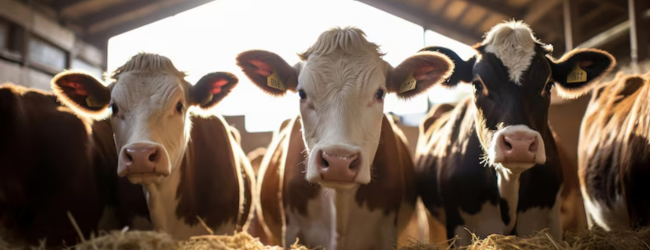
- Animals: Cows and buffalo.
- Products: Milk, cheese, butter, ghee.
- Notable Regions: Punjab, Haryana, Uttar Pradesh.
2. Poultry Farming
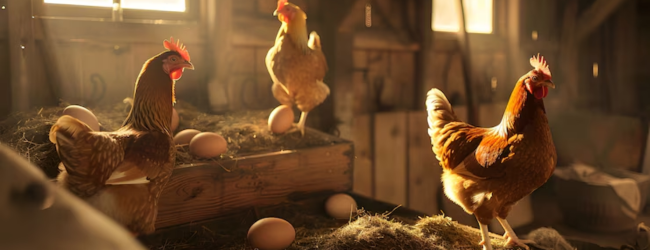
- Animals: Chickens, ducks, turkeys.
- Products: Eggs, meat.
- Notable Regions: Andhra Pradesh, Tamil Nadu, Maharashtra.
3. Goat and Sheep Farming
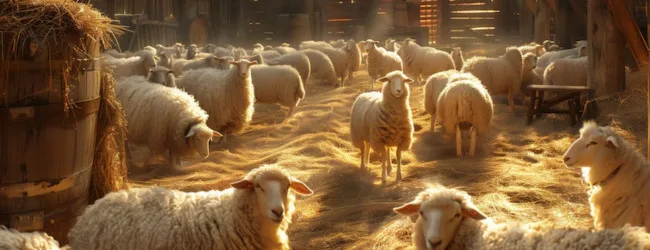
- Products: Meat, milk, wool.
- Notable Regions: Rajasthan, Gujarat, Karnataka.
4. Pig Farming
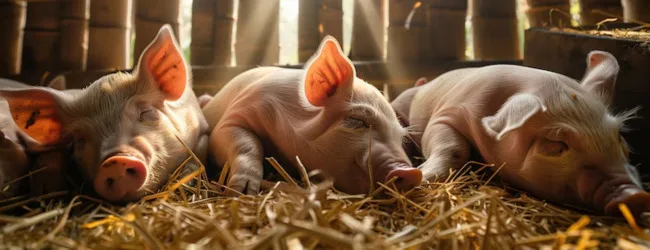
- Products: Meat, leather.
- Notable Regions: Northeast India, Kerala, Goa.
💡 Pro Tip: If you want to start a Business but have too many doubts, connect with a Business expert from Boss Wallah for guidance – Check Out
Getting Started: Step-by-Step Guide
Embarking on livestock farming requires careful planning:
- Research and Training: Understand the type of livestock suitable for your region and market demand.
- Business Plan: Outline your objectives, investment, expected returns, and marketing strategies.
- Land and Infrastructure: Secure adequate land and build necessary facilities like shelters, feeding areas, and water sources.
- Procure Livestock: Purchase healthy animals from reputable sources.
- Feed and Nutrition: Ensure a balanced diet for optimal growth and production.
- Healthcare: Regular vaccinations and veterinary check-ups are crucial.
- Record Keeping: Maintain records of expenses, production, and sales for analysis and improvement.
Investment and Profitability
The investment varies based on the type and scale of farming:
| Type of Farming | Initial Investment (INR) | Monthly Expenses (INR) | Expected Monthly Profit (INR) |
|---|---|---|---|
| Dairy Farming | 5-10 lakhs | 50,000-1 lakh | 30,000-70,000 |
| Poultry Farming | 2-5 lakhs | 30,000-60,000 | 20,000-50,000 |
| Goat Farming | 3-6 lakhs | 25,000-50,000 | 15,000-40,000 |
| Pig Farming | 2-4 lakhs | 20,000-40,000 | 10,000-30,000 |
Note: These are approximate figures and can vary based on location and market conditions.
ALSO READ | What is Modern Farming: Methods, Practices, Benefits & Moremodern farming
Techniques and Best Practices
Implementing modern techniques can enhance productivity:
- Breed Selection: Choose high-yielding and disease-resistant breeds.
- Feeding Management: Provide a balanced diet tailored to the animal’s age and purpose.
- Housing: Ensure proper ventilation, cleanliness, and space.
- Health Care: Regular vaccinations and prompt treatment of illnesses.
- Record Keeping: Monitor growth, production, and health parameters.
- Waste Management: Utilise animal waste for biogas or as organic fertiliser.
Byproducts and Additional Revenue Streams
Maximise profits by utilising byproducts:
- Manure: Used as organic fertiliser or for biogas production.
- Wool and Leather: From sheep and goats.
- Blood and Bones: Processed into bone meal and blood meal for animal feed.
- Feathers: Used in the textile industry.
ALSO READ | Commercial Grain Farming: A Complete Guide (2025)
Challenges and Solutions
While livestock farming is lucrative, it comes with challenges:
- Disease Outbreaks: Implement strict biosecurity measures and regular health check-ups.
- Market Fluctuations: Diversify products and explore direct-to-consumer sales.
- Feed Shortages: Grow fodder crops and store surplus feed.
- Climate Change: Adopt climate-resilient practices and breeds.
Government Schemes and Support
The Indian government offers various schemes to support livestock farmers:
- National Livestock Mission: Provides financial assistance for infrastructure and breeding.
- Rashtriya Gokul Mission: Aims to improve indigenous cattle breeds.
- Dairy Entrepreneurship Development Scheme: Offers subsidies for setting up dairy units.
- Livestock Insurance Scheme: Provides insurance coverage for livestock.
For more details, visit the Department of Animal Husbandry and Dairying.
Need Expert Guidance?
Starting a business can be challenging, but you don’t have to do it alone! At Boss Wallah, our 2,000+ business experts are ready to provide valuable insights and guidance. Whether you need help with marketing, finance, sourcing, or any other area of any business, our business experts are here to help you succeed
Confused about Which Business to Start?
Want to start your own business but unsure which one to choose? Explore Boss Wallah, where you’ll find 500+ courses by successful business owners, featuring practical, step-by-step guides on starting and growing various businesses.
Find your perfect business idea today
Conclusion
Livestock farming presents a promising opportunity for sustainable income and food security in India. With proper planning, investment, and adoption of best practices, it can be a rewarding venture. Leveraging government schemes and staying informed about market trends will further enhance success in this field.
Frequently Asked Questions (FAQs)
1. What is the most profitable livestock farming in India?
Dairy farming is considered highly profitable due to the consistent demand for milk and milk products.
2. How much land is required for livestock farming?
It varies based on the type and scale of farming. For instance, a small dairy farm may require 1-2 acres.
3. What are the common diseases in livestock?
Foot and mouth disease, mastitis, and parasitic infections are common. Regular vaccinations and hygiene can prevent them.
4. How can I market my livestock products?
Through local markets, cooperatives, online platforms, and direct-to-consumer sales.
5. Is livestock farming environmentally sustainable?
With proper waste management and sustainable practices, it can be environmentally friendly.
6. What is the initial investment required?
It depends on the type of farming. For example, starting a small poultry farm may require INR 2-5 lakhs.
7. Are there training programs available?
Yes, various government and private institutions offer training in livestock farming.
8. Can women participate in livestock farming?
Absolutely. Many women in India are successfully managing livestock farms.
9. What government schemes can help me start a livestock farm?
The Government of India offers schemes like the National Livestock Mission, Rashtriya Gokul Mission, Dairy Entrepreneurship Development Scheme, and Livestock Insurance Scheme. These provide financial aid, training, and infrastructure support to new and existing farmers.
10. Is livestock farming scalable?
Yes, it is. You can start small and scale as you gain experience and market connections. Many farmers begin with 5–10 animals and expand to commercial-scale farms over time.


